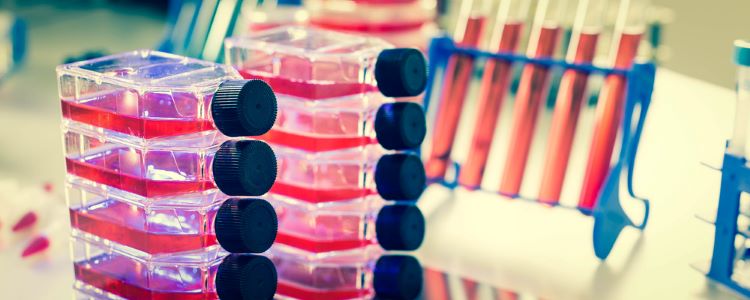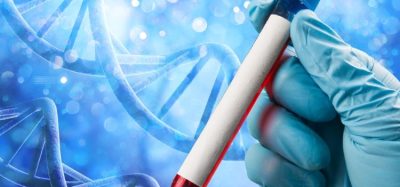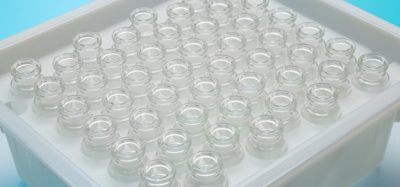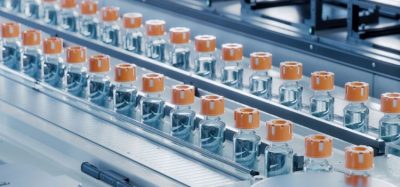Novel PAT system could enable adaptive process control
Posted: 2 June 2023 | Catherine Eckford (European Pharmaceutical Review) | No comments yet
A paper has demonstrated a novel refractometry-based process analytical technology (PAT) system has potential for enabling adaptive process control in CGT manufacturing.


A novel refractometry-based process analytical technology (PAT) system used to monitor HEK293T cell cultures during lentiviral vector (LVV) production in real time, was able rapidly identify a relationship between bioreactor pH and culture metabolic activity, a paper has found.
Using PAT in the biotechnology and biopharmaceutical industries is a radical vision”
Williams et al. stated that to their knowledge, the study represents the first time that pH has been incorporated into a metabolic model.
Using PAT in the biotechnology and biopharmaceutical industries is a radical vision, the authors wrote. It represents a paradigm shift from a traditional, inflexible, validation-based manufacturing model to one that is based on comprehensive scientific and engineering understanding of bioprocesses.
Process control in cell and gene therapy manufacturing
Existing solutions for cell and gene therapy (CGT) applications are frequently the same as those used in manufacturing processes for traditional biologics. This includes sensors for basic process parameters with the analysis of critical quality attributes (CQAs) still being performed offline, placing a limit on their value for improving process control.
Spectrometric methods represent most soft sensing applications that have been reported to date, according to the paper. Yet there is also a growing interest in evaluating the performance of refractometric devices as analytical modalities. This is because of their relatively low implementation cost, simplicity and ease of instrument set-up and operation, plus their ability to enable highly accurate and rapid measurements. This gives these devices potential for use in adaptive process control.
Data-driven models that are developed using multivariate data analysis (MVDA) and machine learning (ML) are subject of a lot of research. Yet computer modelling is a second approved which can provide information about the metabolic state of cells and assess. For instance. However, due to a lack of integration of extracellular stimuli their direct application for mammalian bioprocess control has rarely been described.
However, due to the complexity of advanced therapy medicinal product (ATMP) manufacture, there has been a slow adoption of PAT tools into industrial bioprocessing operations, particularly in the manufacture of cell and gene therapies.
Williams et al. reported that the research demonstrated a trade-off widely assumed in the biopharmaceutical industry regarding process data acquisition. The collected data is sufficient for monitoring routine manufacturing operations. However, if things go wrong, the limited amount of process data cannot always provide immediate and straightforward insights about what failed at the biological level. This provides another strong argument for the need for improved PAT.
The refractometry-based PAT system
In the research, the PAT system used is a novel advanced refractive index (RI) profiling technology. It combines the measurement of the refractive index of a cell culture, provided via an in situ optical probe, with a process parameter probing strategy to provide a tool that facilitates the assessment and control of cell culture activity.
It can detect changes in cell culture composition related to cellular metabolism and compare cellular activity under different bioreactor operating conditions, enabling a deeper understanding of the real-time culture requirements for specific cell lines and products.
Additionally, the RI system was shown to be able to integrate with bioprocesses equipment and adapt bioprocessing conditions to maximise the activity of the cell culture.
Research results
The PAT system was used to devise a pH operating strategy that resulted in a 1.8-fold increase in metabolic activity compared to an unoptimised bioprocess in a minimal number of bioreactor experiments. This was achieved using both pre-programmed and autonomous pH control strategies.
The PAT system… resulted in a 1.8-fold increase in metabolic activity compared to an unoptimised bioprocess in a minimal number of bioreactor experiments”
The metabolic modelling strategy used showed culturing of HEK293T cells in a low pH (pH 6.40) environment directly impacted the intracellular maintenance of pH and the intracellular availability of oxygen.
According to the authors, the elevated metabolic activity was a response to cope with the stress associated with low pH to maintain the favourable intracellular conditions. This was instead of it being indicative of a superior active state of the HEK293T cell culture resulting in enhanced LVV production.
The increased metabolic activity of the cultures, achieved via the PAT technology, was not associated with increased LVV production.
In conclusion, “process control and intervention using the novel refractometry-based PAT system has the potential to facilitate the fine tuning and rapid optimisation of the production environment and enable adaptive process control for enhanced process performance and robustness.”
The paper was published in the Nature journal Scientific Reports.









